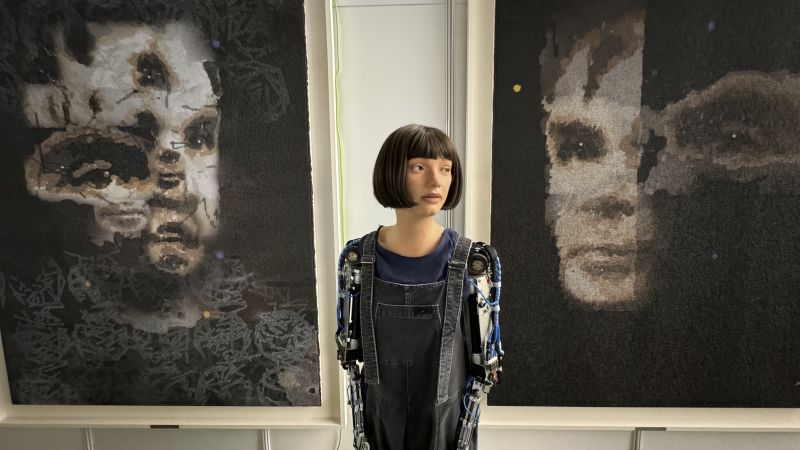Notes on time and causality
On the Ability to Memorize and How Our Thinking Becomes More Dogmatic Over Time Due to Mental Images and Goals Mistaken for the Actual World
Practitioners of mnemonics have long understood that the easiest way to remember a collection of unconnected pieces of information is to just make up some connections between them. This is because our brains cannot capture raw perception data — they can only capture mental images and causal connections i.e. we only remember events that are connected with one another.
An event that has nothing to do with our causal chain is simply not perceived by us (or, if perceived, it is not remembered even for a second). In many ways, placing the event in the causal chain is perception itself.
However, since humans have only one causal chain—i.e., we do not have multiple ways to perceive a given set of events that we can switch between—placing an event on the causal chain also means replacing it with a mental image.
One of the most significant biases in our perception of time, which we’ve already discussed, is our inability to distinguish between the mental images representing the world (M) and the world itself (W). This bias leads us to believe that our perceptions reflect the state of affairs when, in fact, they are merely a record of our mental images. Memories contribute heavily to this bias, as they can amplify it indefinitely: when we perceive a given “frame,” the memory of it is rich in sensory (empirical) data, which we can analyze and interpret. But once we perceive the next frame, many aspects of the previous one are compressed, leaving only those details that provide context for the next frame. Then, when a third frame is perceived, the first two are compressed further, retaining only what’s useful for interpreting the third. The problem is that we cannot know which aspects will actually be useful for future context.

















